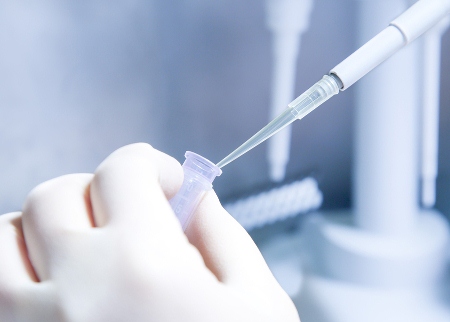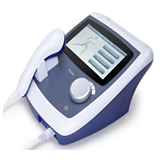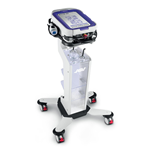This new chemical, announced in the September 3 issue of the journal Neuron by scientists at Mayo Clinic and the Scripps Research Institute, is still years from testing on patients, Johns Hopkins experts caution.
But it represents a hopeful advance toward treating both conditions, for which there are currently no effective therapies, says Jeffrey Rothstein, M.D., Ph.D., a neuroscientist specialising in ALS at Johns Hopkins.
Three years ago, researchers at the National Institutes of Health, Mayo Clinic and other institutions, including Johns Hopkins, discovered that more than 40 per cent of patients with an inherited form of ALS and at least 10 per cent of patients with the non-inherited irregular form have a mutation in a so-called C9ORF72 gene found on human chromosome 9 that is involved in toxic proliferation of protein.
The mutation also occurs very often in people with FTD, the second-most common form of dementia after Alzheimer's disease. In the C9ORF72 gene of most people, there are up to 30 repeats of a series of six DNA letters (GGGGCC), but in people with the genetic glitch, the string can be repeated thousands of times.
These extraneous repeats can lead to production of toxic RNA fragments and the C9RAN protein, which has been hypothesized to affect the function of many other proteins throughout cells.
In the Mayo-Scripps study, chemists report they have developed three different molecules with the potential to decrease production of C9RAN. Tests on nerve cells derived from patients with the mutation showed that one of the new chemicals cut the quantity of C9RAN by half at the highest dose the researchers delivered, making it a good candidate for human disease therapy.
The researchers also checked for C9RAN protein in the spinal fluid of patients at ALS clinics, including the Johns Hopkins clinic directed by Rothstein, who also directs the Brain Science Institute and Robert Packard Center for ALS Research. They found that this protein spills out of affected cells into the spinal fluid.
Therefore, says Rothstein, "A spinal fluid assay would give clinicians a readout that the drug is or is not working. This offers the perfect opportunity to see if this drug can minimize the toxic protein load in patients."
Rothstein emphasizes that before clinical trials can occur, the molecule itself needs to be more thoroughly tested, and researchers need to gather more information on the presence of C9RAN protein in patients — for example, whether concentrations of the protein vary day to day or whether they increase as the disease progresses.
However, he says, the study offers a glimpse at what could be a promising future therapy for patients with this familial form of ALS and FTD.
"The good news," says Rothstein, "is that our colleagues at Mayo and Scripps have discovered a compound that looks pretty good at doing what it needs to do."
ALS, sometimes known as Lou Gehrig's disease, which was named as such for the Yankee baseball great who died from it in 1941, destroys nerve cells in the brain and spinal cord that control voluntary muscle movement. About 5,600 people are diagnosed with ALS in the U.S. every year.
As nerve cells waste away or die, ALS patients lose muscle strength and ultimately the ability to move their bodies or perform any voluntary function. About 10 per cent of cases are hereditary.








-160x160-state_article-rel-cat.png)













